Isabel Bannerman: The year’s first and most abundantly cheery, uplifting and undemanding of winter flowers
Cyclamen coum is one of the plants that lights up our gardens at this time of year.
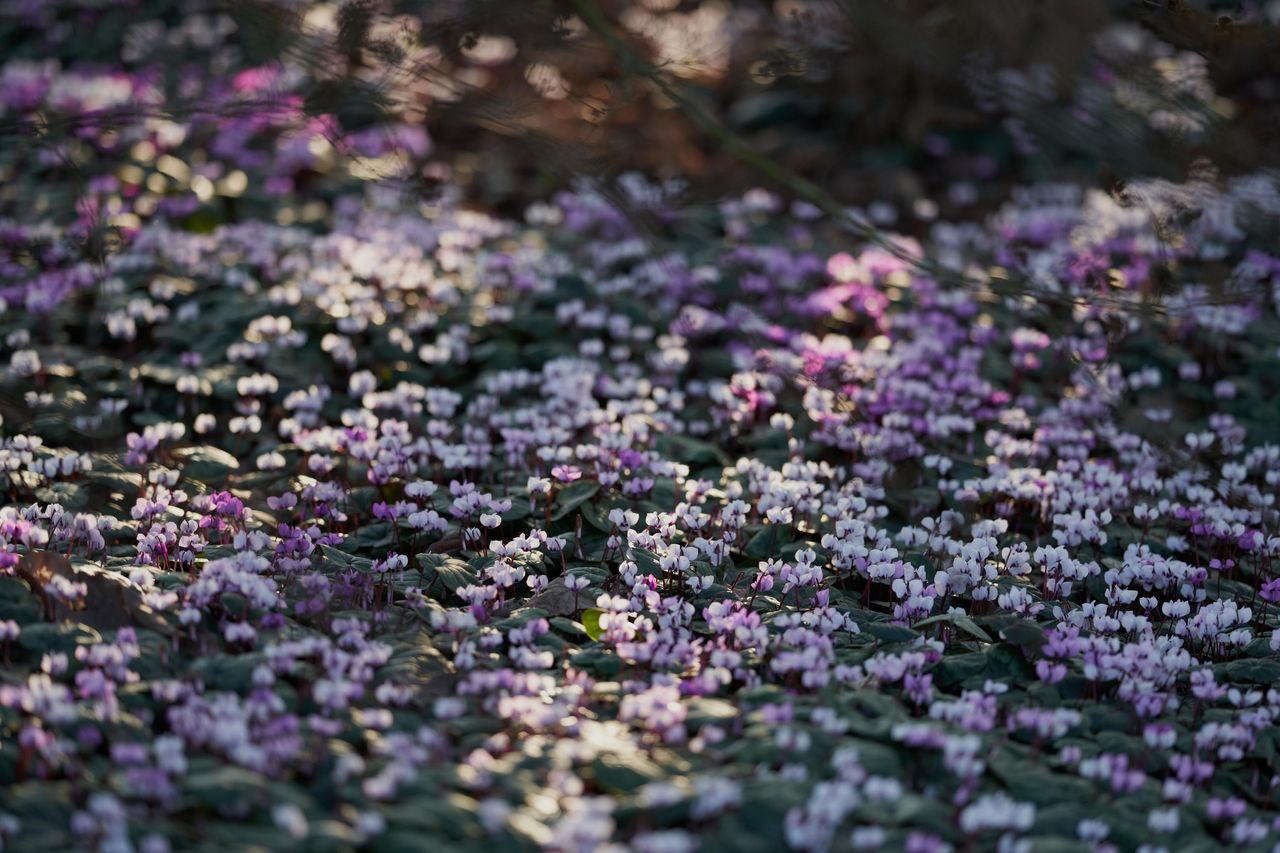

Miniature electric-pink ears are emerging through a tapestry of leaves and bare brown ground. It is January and this is the first wonder of the gardening year. Cyclamen coum also come in paling shades from the plush of ruby to snow white. However, my gardening partner and husband covets only the deepest magenta flowers, combing plant nurseries and DIY shops for the most colour-saturated flowers wriggling through the pots and trays of small heart-shaped leaves. He remarks on the energy of these miniature enamel beauties and says he finds it strengthening.
He is, however, not a purist collector and, although he loves to set these garnets on a velvety ground under trees when planting these small corms, he also loves creating swathes of them in grass and beds, all muddled up with snowdrops and winter aconites. Snowdrops, yes, any time, but yellow aconites, Eranthis hyemalis, with puce cyclamen? Really? I, too, rejoice in the fringe of first green the aconites bring, that little lion’s mane of chrome, but I recoil rather at the brassy cocktail of lemoncello aconites with the cherry brandy-coloured C. coum, except perhaps in a jug indoors. Isn’t this rather sickly? Mr B feels strongly that it all helps to brighten up the dull days of February.
Ten years ago, feeling seasonally affected, we made a late-January pilgrimage to a Devon garden, still open for the National Garden Scheme, that is aptly named Higher Cheerubeere. We set off across Dartmoor, stopping to see St Mary’s Honeychurch, a shadow-filled 12th-century reliquary of lime plaster, no electricity and pigment-painted wall saints. It was mid afternoon, but felt later, raining horizontally when we arrived at the garden on its windswept bluff. Here, Jo Hynes and her family have devoted 30 years to making a garden teased out of acid clay. Jo says that, luckily, many galanthus and cyclamen like plenty of rain. Somehow, she grows 22 of the 23 known species of cyclamen, as well as 400 different snowdrops and a panoply of winter-flowering treats. A beekeeper, she homed in on winter flowerers to up the pollen and nectar forage on offer for her honeybees and the more needy bumblebees that keep no stores. She also wanted to emulate the meadows of cyclamen and snowdrops seen on many plant-finding trips ‘from the Crimea to the Golan Heights’. Given their origins in Asia Minor, it is surprising cyclamen can cope with the acid soils of Devon and Cornwall.
"Surely there is no more promiscuous self-sower than the aconite?"
Cyclamen are tuberous herbaceous perennials from the Mediterranean basin. Beth Chatto described their tubers as resembling ‘cowpats’. Hardy types tend to have small tubers, 2½in–4in in diameter, which store food manufactured by the small, rounded, lily-pad leaves — bronze beneath and frequently marbled grey on top — during the dormant period. For Cyclamen coum, this happens in summer. The leaves are as valued as the flowers by breeders and painters alike. Lucian Freud repeatedly painted all parts and stages of the plants, growing them in pots in his studio, and saying ‘they die in such a dramatic way… they crash down, their stems turn to jelly and their veins harden’. In C. coum and C. hederifolium, the flower stems corkscrew down, bearing seeds to the ground, where they are irresistible to ants that carry them off, spreading them about in the humus-rich woodlands and rocky crevices.
C. coum self-seeds well, but less effectively than summer-flowering hederifolium, which is possibly the origin of the dictum that they should not be grown together. Presumably, this is because the latter will out-compete the dainty winter coum in colonisation. This logic could perhaps be applied to the question of whether to plant C. coum mixed up with winter aconites. Surely there is no more promiscuous self-sower than the aconite? (I am relieved to realise this is not deadly poisonous — that being the other aconite or monkshood.) However you grow them, perhaps we can agree that C. coum are the year’s first and most abundantly cheery, uplifting and undemanding of winter flowers.
Higher Cheerubeere, Devon, opens in February for the National Garden Scheme. See www.ngs.org.uk
Sign up for the Country Life Newsletter
Exquisite houses, the beauty of Nature, and how to get the most from your life, straight to your inbox.
Isabel Bannerman is, along with her husband Julian, one of Britain's most renowned garden designers, with over 40 years of experience. The couple were granted the Royal Warrant of His Majesty King Charles III in 2024. Isabel's latest book, A Wilderness of Sweets: Making Gardens with Scented Plants, is published by Pimpernel Press in May 2025. You can see more of Isabel and Julian's work at bannermandesign.com.
-
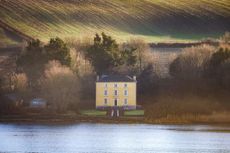 A six-bedroom house in Wales with estuary views and some gloriously fun interiors
A six-bedroom house in Wales with estuary views and some gloriously fun interiorsBrynymor House is somehow more beautiful on the inside than the outside.
By James Fisher Published
-
 Miniature window displays replaced traditional watch hands at this year's Watches and Wonders fair.
Miniature window displays replaced traditional watch hands at this year's Watches and Wonders fair.At the Geneva watch fair watches with miniature window displays were the hot thing everywhere you looked.
By Chris Hall Published
-
 The 'breathtakingly magnificent' English country gardens laid out on the Amalfi Coast, and the story of how they got there
The 'breathtakingly magnificent' English country gardens laid out on the Amalfi Coast, and the story of how they got thereKirsty Fergusson follows the Grand Tour to Campania in Italy, where the English combined their knowledge and love of plants with the rugged landscape to create gardens of extraordinary beauty.
By Kirsty Fergusson Published
-
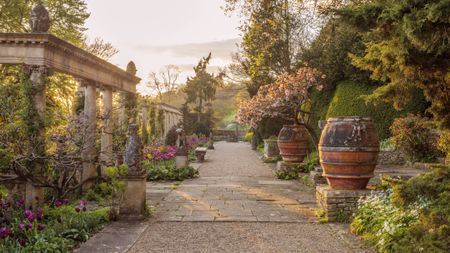 Have your say in the Historic Houses Garden of the Year Awards 2025
Have your say in the Historic Houses Garden of the Year Awards 2025By Annunciata Elwes Published
-
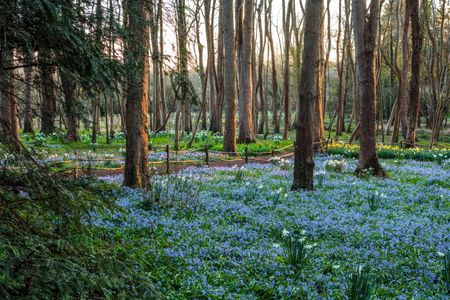 Evenley Wood Garden: 'I didn't know a daffodil from a daisy! But being middle-aged, ignorant and obstinate, I persisted'
Evenley Wood Garden: 'I didn't know a daffodil from a daisy! But being middle-aged, ignorant and obstinate, I persisted'When Nicola Taylor took on her plantsman father’s flower-filled woodland, she knew more about horses than trees, but, as Tiffany Daneff discovers, that hasn’t stopped her from making a great success of the garden. Photographs by Clive Nichols.
By Tiffany Daneff Published
-
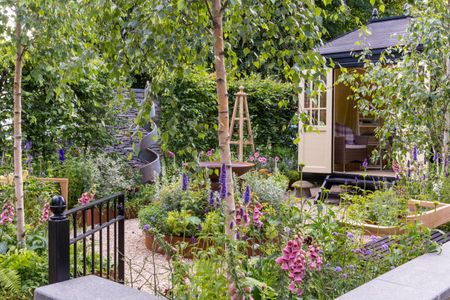 An expert guide to growing plants from seed
An expert guide to growing plants from seedAll you need to grow your own plants from seed is a pot, some compost, water and a sheltered place.
By John Hoyland Published
-
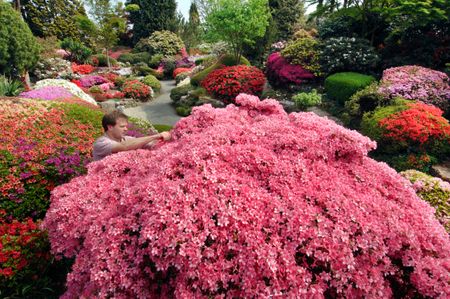 The best rhododendron and azalea gardens in Britain
The best rhododendron and azalea gardens in BritainIt's the time of year when rhododendrons, azaleas, magnolias and many more spring favourites are starting to light up the gardens of the nation. Here are the best places to go to enjoy them at their finest.
By Amie Elizabeth White Published
-
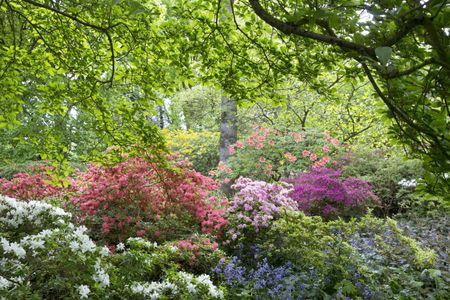 Great Comp: The blissful garden flooded with rhododendrons and azaleas that's just beyond the M25
Great Comp: The blissful garden flooded with rhododendrons and azaleas that's just beyond the M25Each spring, Great Comp Garden — just outside the M25, near Sevenoaks — erupts into bloom, with swathes of magnolias, azaleas and rhododendrons. Charles Quest-Ritson looks at what has become one of the finest gardens to visit in Kent.
By Charles Quest-Ritson Published
-
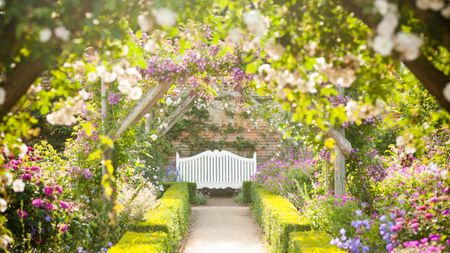 'I'm the expert who wrote the RHS's guide to roses — here's why pruning them right now is almost certainly a terrible mistake'
'I'm the expert who wrote the RHS's guide to roses — here's why pruning them right now is almost certainly a terrible mistake'More roses die from over-pruning than any other cause so what’s the reasoning underpinning this horticultural habit? Charles Quest-Ritson, the garden expert who wrote the RHS Encyclopedia of Roses, takes a closer look.
By Charles Quest-Ritson Last updated
-
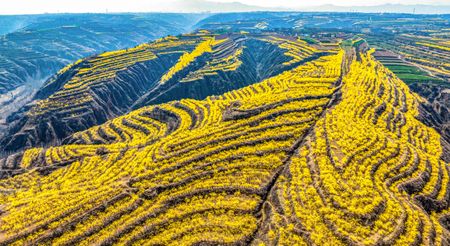 Forsythia: The spring flower that's a ray of sunshine — and a foolproof option for novice gardeners
Forsythia: The spring flower that's a ray of sunshine — and a foolproof option for novice gardenersForsythia are often sniffed at for being too brassy, but there is a lot more going for them, says Charles Quest-Ritson, although don’t plant them next to clashing pink-flowering currants.
By Charles Quest-Ritson Published
